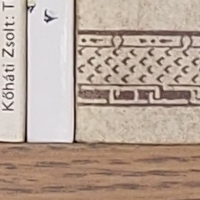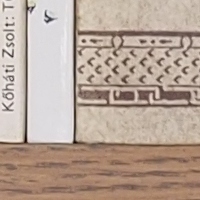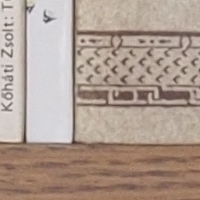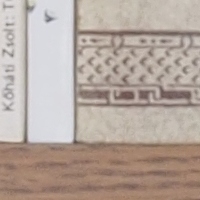Olympus M.Zuiko Digital ED 60mm f/2.8 Macro Review

Sharpness at 60mm
For this test, the M.Zuiko Digital 60mm f/2.8 Macro lens was attached to an Olympus E-PL5 camera, which in turn was mounted on a sturdy tripod. The self-timer was used in order to avoid any vibrations that may result from tripping the shutter. Slight tonal changes are due to slight changes in natural light during the session. The crops below represent 1/400th of the total frame area.
 The full frame
The full frame
In the centre of the frame, sharpness is excellent from f/2.8 through f/8 and very usable at f11 too. At f16, the effects of diffraction become more noticeable but the results remain eminently usable. We would advise you to avoid the smallest aperture setting unless you desperately need the extra depth of field.
The edges are also impressively sharp wide open, with sharpness peaking in the f/5.6-f/8 range. Again the f11 and f16 settings are completely usable, despite being visibly affected by diffraction.
(A note on f-stops: the maximum aperture of this lens is f/2.8. However, the so-called “effective f-number” varies with the reproduction ratio. At 1:1 magnification, the “effective brightness” of the lens is f/5.6.)
| Aperture | Centre Crop | Edge Crop |
| f/2.8 |  |
 |
| f/4 |  |
 |
| f/5.6 |  |
 |
| f/8 |  |
 |
| f/11 |  |
 |
| f/16 |  |
 |
| f/22 |  |
 |
